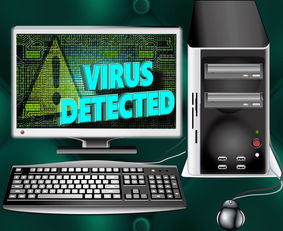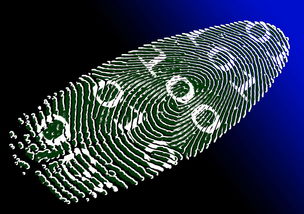Agriculture has been the backbone of human civilization for thousands of years, and it continues to evolve with the advent of new technologies. The integration of technology into agriculture has revolutionized farming practices, leading to increased efficiency, sustainability, and productivity. This article delves into the various aspects of agricultural technology and its profound impact on modern farming.
Precision Agriculture:
Precision agriculture, also known as precision farming, is a management strategy that utilizes information technology to optimize inputs like water, fertilizer, seeds, and pesticides. It involves the use of GPS, remote sensing, and variable rate technology to apply resources only where they are needed. This targeted approach not only saves costs but also reduces environmental impact by minimizing waste and pollution.
Drones and Robotics:
The use of drones and robotics in agriculture has increased significantly in recent years. Drones can be equipped with cameras and sensors to monitor crop health, soil conditions, and water requirements. They can also be used for planting seeds, applying fertilizers, and pesticides with precision. Robotics, on the other hand, are being used to automate tasks such as planting, weeding, and harvesting, reducing labor costs and increasing efficiency.

垂直农业(Vertical Farming):
Vertical farming is an innovative approach to agriculture that involves growing crops in vertically stacked layers, often in controlled environments. This method allows for year-round production and can be situated in urban areas, reducing the need for transportation and the carbon footprint associated with it. Vertical farming also uses less water and land compared to traditional farming, making it a sustainable solution for food production in a growing population.
基因工程(Genetic Engineering):
Genetic engineering has opened up new possibilities in agriculture by allowing scientists to modify the genes of plants and animals to enhance certain traits. This can lead to the development of crops that are more resistant to pests and diseases, have higher nutritional value, or can grow in adverse environmental conditions. Genetically modified organisms (GMOs) have been a controversial topic, but they hold the potential to increase food security and reduce the reliance on chemical inputs.
物联网(Internet of Things, IoT):
The Internet of Things (IoT) refers to the network of physical devices connected to the internet, collecting and exchanging data. In agriculture, IoT devices can monitor various aspects of the farming environment, such as temperature, humidity, and soil moisture. This data can be analyzed to make informed decisions about irrigation, fertilization, and pest control, leading to more efficient resource management and crop optimization.
数据分析和人工智能(Data Analysis and Artificial Intelligence):
Advanced data analysis and artificial intelligence (AI) are playing increasingly important roles in agriculture. AI algorithms can process vast amounts of data from various sources to predict weather patterns, crop diseases, and market trends. This information can help farmers make proactive decisions to mitigate risks and maximize profits. Machine learning models can also optimize farming practices by learning from historical data and suggesting improvements.
可持续性和气候变化(Sustainability and Climate Change):
Agricultural technology is crucial in addressing the challenges posed by climate change. By improving the efficiency of farming practices, technology can help reduce the environmental footprint of agriculture. This includes reducing greenhouse gas emissions, conserving water, and preserving biodiversity. Sustainable farming practices enabled by technology can also contribute to the mitigation of climate change by sequestering carbon in the soil.
Conclusion):
The integration of technology into agriculture is not just a trend; it is a necessity for the future of food production. As the global population continues to grow, the demand for food will increase, and agricultural technology will play a pivotal role in meeting these needs sustainably. From precision agriculture to vertical farming, from drones to AI, these technologies are transforming the way we grow our food, making it more efficient, productive, and environmentally friendly. The future of agriculture is bright, and it is being shaped by the innovative minds and cutting-edge technologies that are pushing the boundaries of what is possible in this ancient yet ever-evolving field.









